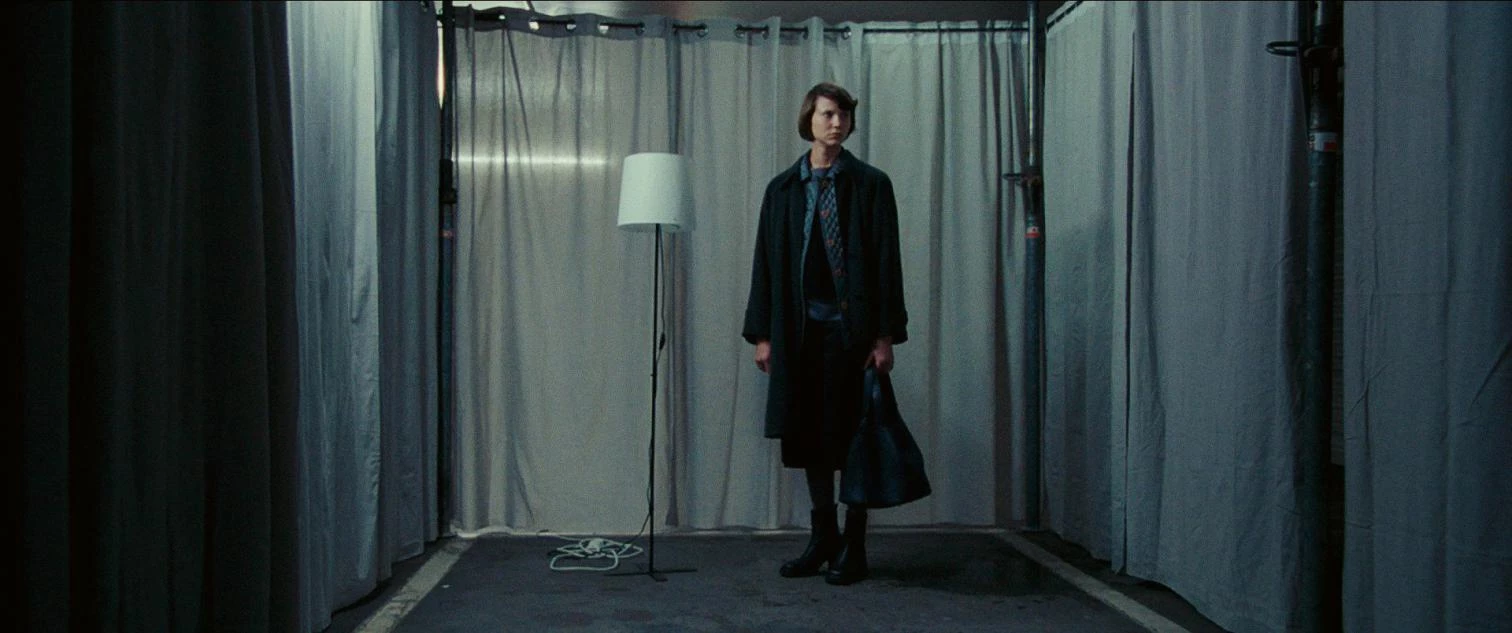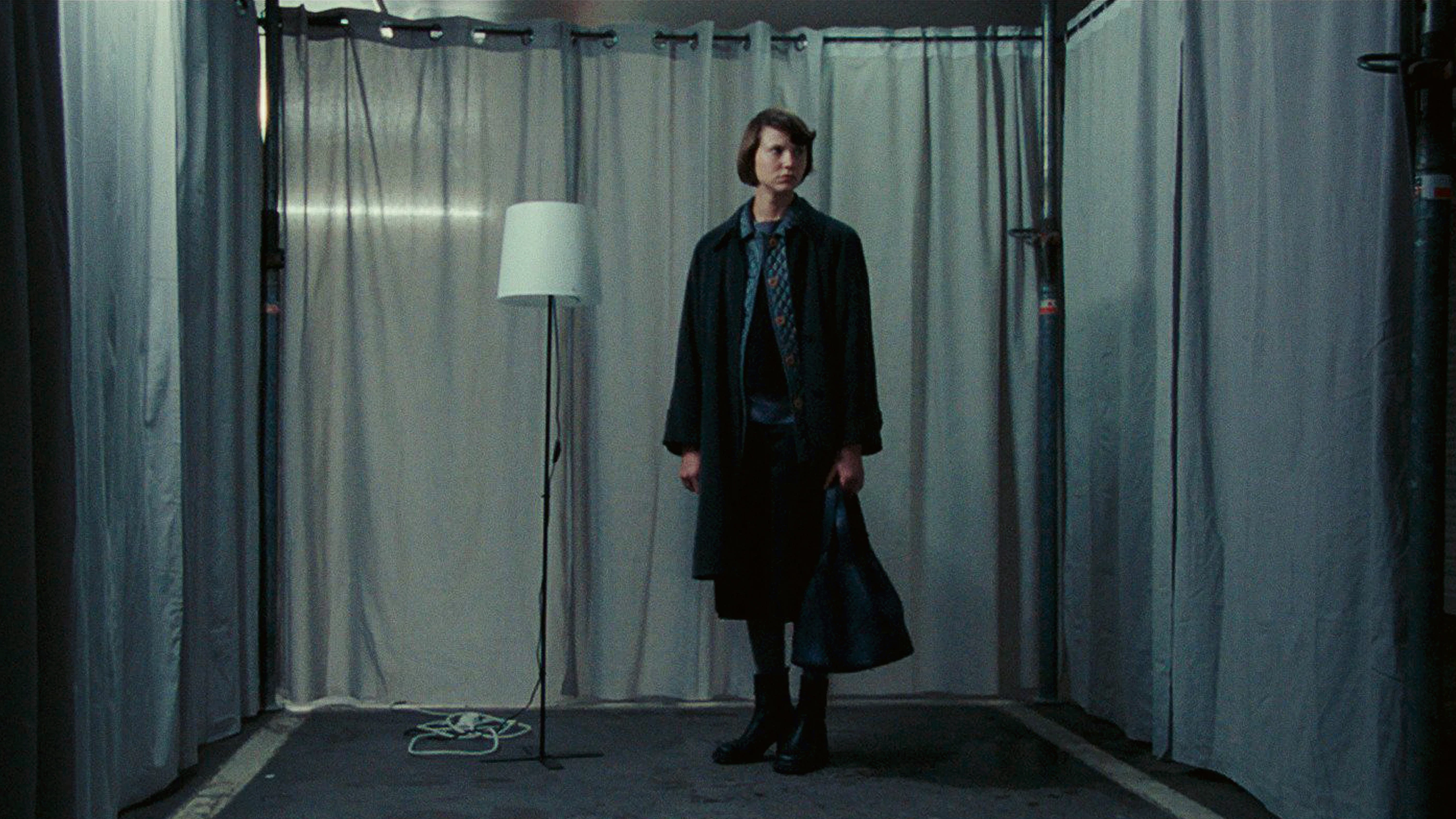
Frame from the series Arkitekten
Works of science fiction are more about the historical moment they are created in than about the uncertain future they are supposedly set in. Hence, whether or not their predictions come true is of no importance. What matters is the study they make of their own times to alert society to the dangers of tomorrow.
A recent example is the Norwegian television series Arkitekten, which takes place in a very near future. The central character, a 30-year-old architect who has not yet been able to properly practice her profession, is a trainee in a large firm, even though the place is practically empty because people are working remotely. Despite the office’s being equipped with advanced technologies, including 3D printers and virtual reality glasses, at home she draws plans on paper with a marker pen and a scale ruler; a sign she is in her day job kept from taking actual part in projects, and that she cannot afford to buy more sophisticated tools.
In the TV series, the routine of architects has not changed much, but the city has. Vehicles have all but disappeared from the urban center but the life of citizens has not improved, as free zones are now privatized. But the big problem is lack of housing and exorbitant prices. An architect in the firm has managed to put a down payment on a mortgage, but still has trouble keeping up with payments – though his flat is full of designer objects.
The shortage of residential land has led to illegal parceling of underground parking garages, which have been emptied by the absence of cars, and each slot is rented out as a dwelling – with no privacy, as adjacent units are separated by curtains, and no hygiene minimums, as tenants on each floor level share a WC. The protagonist, unable to apply for a loan to acquire a home, has to rent one of those cubicles 10 meters underground. But the situation takes a turn for the better when she wins a competition sponsored by a real-estate developer for 1000 housing units in downtown Oslo, precisely by proposing the conversion of garages into living units.
Small-size abodes have proliferated in recent years, and in cities everywhere, including here in Spain, more and more dwellings less than 30 square meters in size are built, bordering on the illegal through non-compliance with residential standards. But the underground homes in Arkitekten are not only miniscule. They also lack natural light and air because they are windowless – another pressing current issue. A few months ago, in proposing a new set of municipal regulations, New York Mayor Eric Adams stated that bedrooms need no exterior windows. Cities like Philadelphia and Washington, D.C. no longer require them and numerous professionals (see Arquitectura Viva 253) have mobilized to try to put a halt to such a foolish modification of building codes.
One motive for depriving bedrooms of direct contact with the outside of buildings is economic, as joinery costs are eliminated, but what about the consequent need to spend on artificial ventilation, which, furthermore, affects energy saving. Another is the lucrative business of turning offices, made unnecessary by remote work, into apartments where bedrooms do not have to be placed right behind the facades.
Resembling a Black Mirror episode because of the nefarious effects of the characters’ decisions, Arkitekten shows architects as accomplices in a problem created by those who dictate regulations, justifying them by invoking the need for housing whatever the cost. A clearly demagogical attitude that leads to a setback in the rights of citizens and that could well happen soon, considering that there are and there always will be nations governed by those who put the monetary profit of a few before the welfare of the majority.






